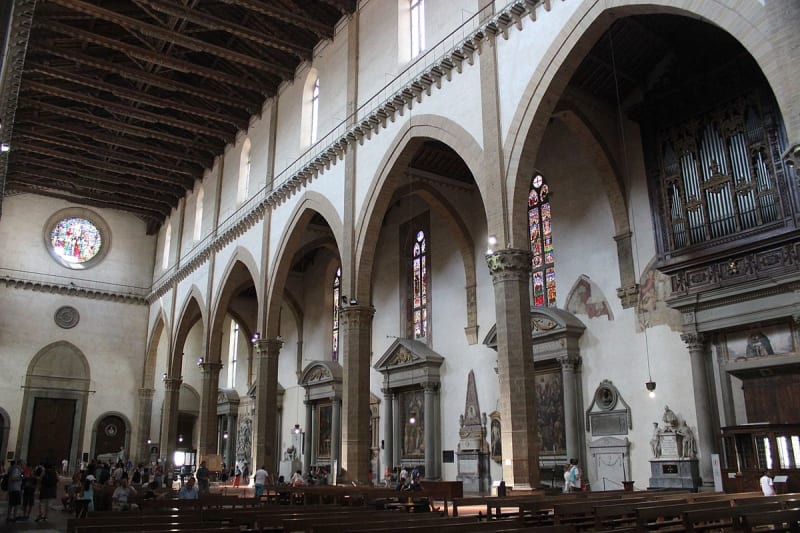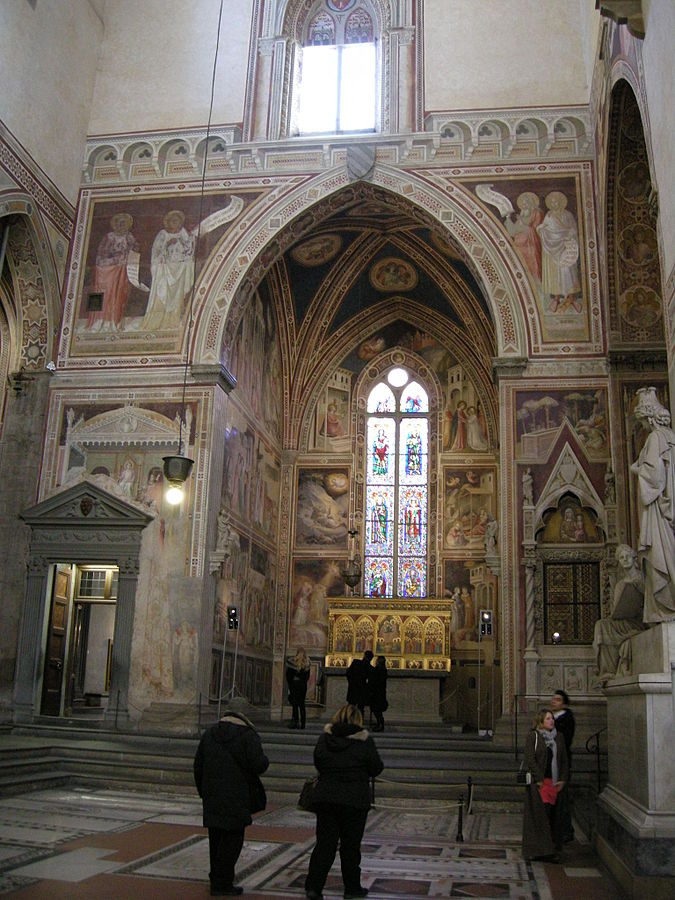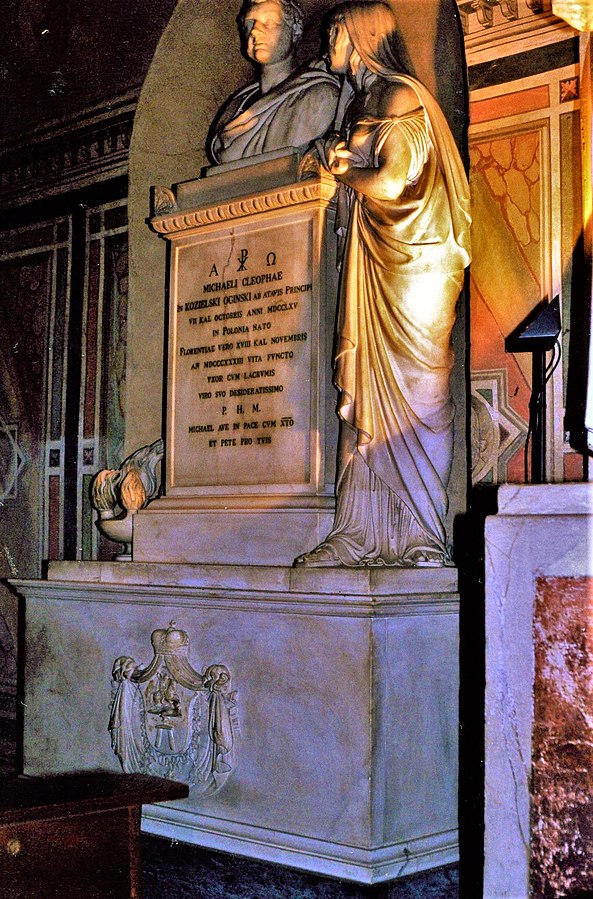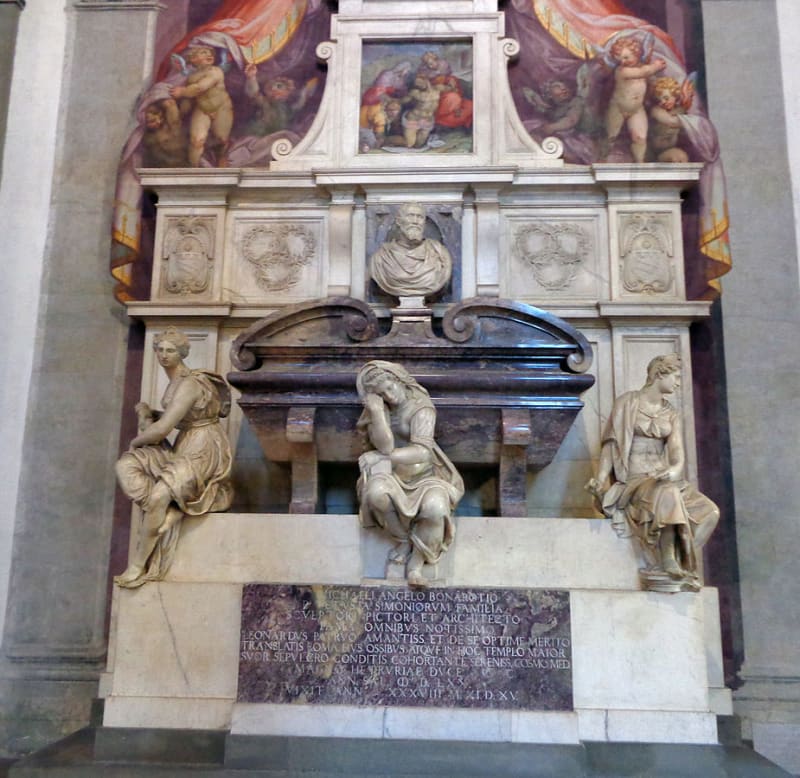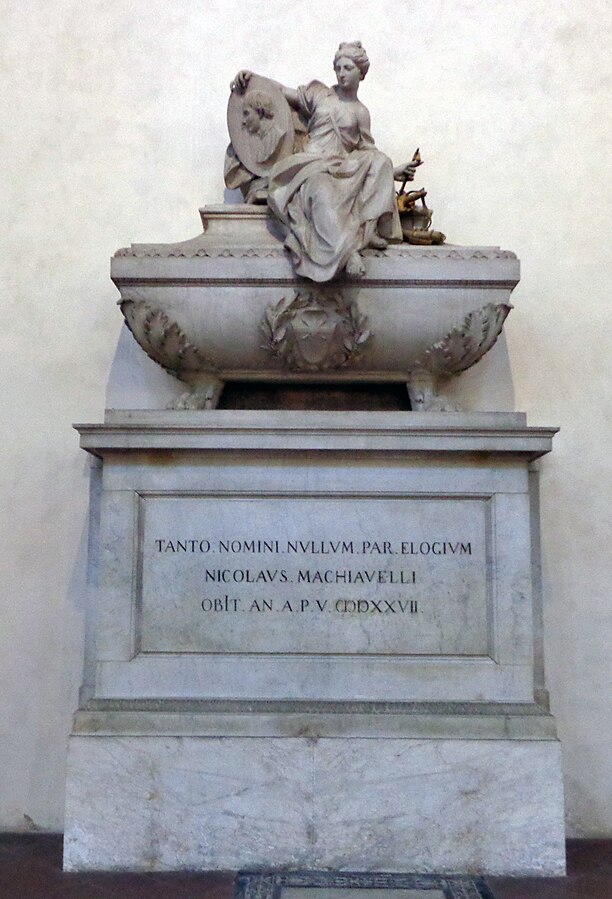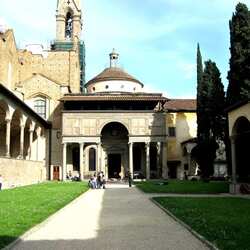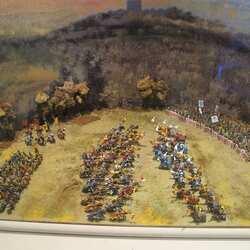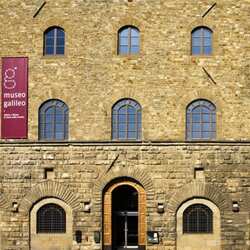Basilica of Santa Croce
The Basilica of Santa Croce, or as it is also called the Basilica of the Holy Cross, is certainly one of the most beautiful churches in Italy. It is located in Lecce on Via Umberto I. On the left side (viewed from the front) it adjoins the former building of the Celestine Monastery (now Palazzo dei Celestini), together with which a single whole of the best examples of Baroque in Lecce is formed.

The outer part
The Basilica of Santa Croce is an honorary title given to churches that stand out for their historical, pilgrimage, liturgical and pastoral value. The monastery has existed on the site of the current basilica since the 14th century, but only in the second half of the 16th century it was decided to expand it and turn it into a real gem of art. The renovation work, which involved the greatest local architects of the time, began in the middle of the 16th century and continued throughout the next century.
Facade of the Basilica of Santa Croce
Two main phases can be distinguished: the first lasted from 1549 to 1582 (its completion can be seen in the inscription on the facade: Templum hoc Deo Crucis vexillo dicatum. AD MDLXXXII - this temple is dedicated to God and the symbol of the Cross. The year of the Lord was 1582), when we managed to finish the lower part of the facade up to the balcony, supported by telamones (supports in the form of statues supporting other architectural elements) - six grotesque human figures (for example, a Turkish soldier on his knees) and seven animal allegories (for example, a she-wolf feeds a Roman).
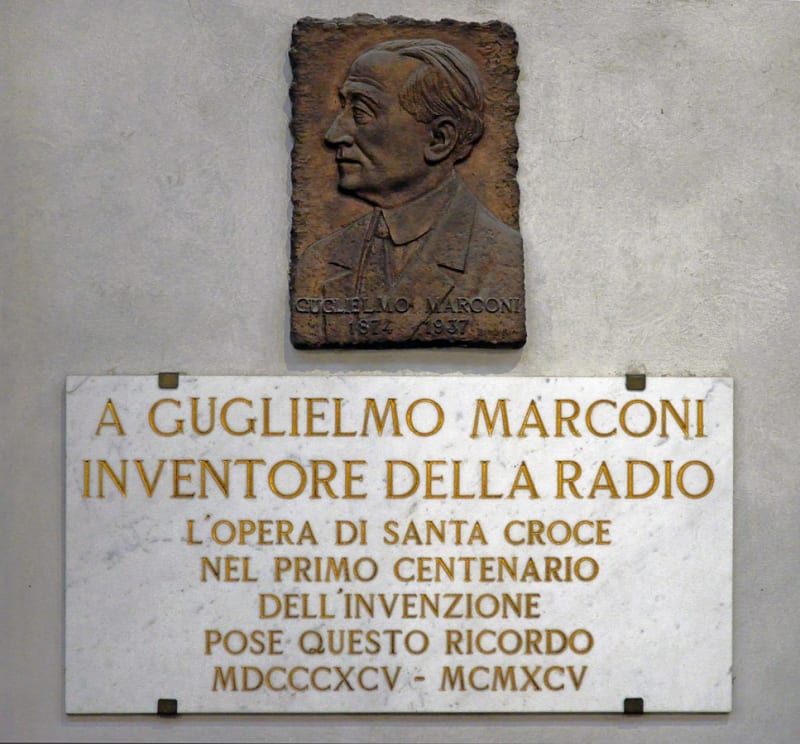
This stage of the construction of the Basilica of Santa Croce is associated with the name of Gabriele Riccardi. There are other elements of this period on the facade: six large smooth columns separated by a row of small arches and four rosettes.
Three of the thirteen telamones supporting the balcony
The next stage of the construction of the Basilica of Santa Croce began in 1606, and it can be associated with another famous figure of architecture, which was Francesco Antonio Zimbalo, under whose leadership three portals were added to the main facade. The two outer ones, despite their obvious beauty, are less impressive. The one on the left is decorated with the Celestine coat of arms, and the one on the right is decorated with the symbol of the Cross. The central portal is much richer, it is larger, surrounded by double Corinthian columns mounted on pedestals, rotated 45 degrees and crowned with three coats of arms: Philip III of Habsburg, Mary d'Of Enghien and the Prince of Athens, Goualtier of Brienne.
The lower part of the described facade (forming the so-called first order) is separated from the second, typically Baroque, balcony, decorated with thirteen putto figures (a decorative motif depicting a small naked boy or angel) embracing either a crown (a symbol of earthly power) or a tiara (a symbol of power over souls).
The second order of the Basilica of Santa Croce, with its most characteristic elements - the rosette and the tympanum. The basilica of Cesare Penna and Giuseppe Zimbalo (Francesco's son) acquired its final appearance. To the first we owe the entire upper part of the facade (that is, the second order) with its most characteristic element, that is, a rosette inspired by Romanesque art (next to which the date 1646 is engraved).
The rosette is surrounded by laurel leaves and berries and highlights the Corinthian columns on both sides. They separate the central part of this part of the basilica from the two side niches where the statues of St. Nicholas are installed. Benedict and Pope Celestine V. Two female figures symbolizing Faith (on the right) and Courage (on the left) are the extreme elements of the second order of the facade. However, the culmination of everything is a monumental tympanum with a triumphant cross.
Interior
The Basilica of Santa Croce Santa Croce was built according to the plan of the Latin cross. It was originally divided into five naves, but in the 18th century two of them were "absorbed" by chapels. The vault of the naves is supported by two rows of columns (there are eighteen in total). The first pair of them (the first from the entrance) is built into the outer wall, and the last two pairs separate the transept from the arc de triomphe.
It is here, at the intersection of the arms of the cross (which make up the plan of the basilica), that there stands a high dome decorated with festoons depicting acanthus leaves, angels and floral motifs. All the columns of the Basilica of Santa Croce are 5.81 m high and 0.736 m in diameter. They are made of limestone blocks quarried locally. Flowers, fruits, angels and birds are carved on their capitals instead of the typical acanthus leaves.
